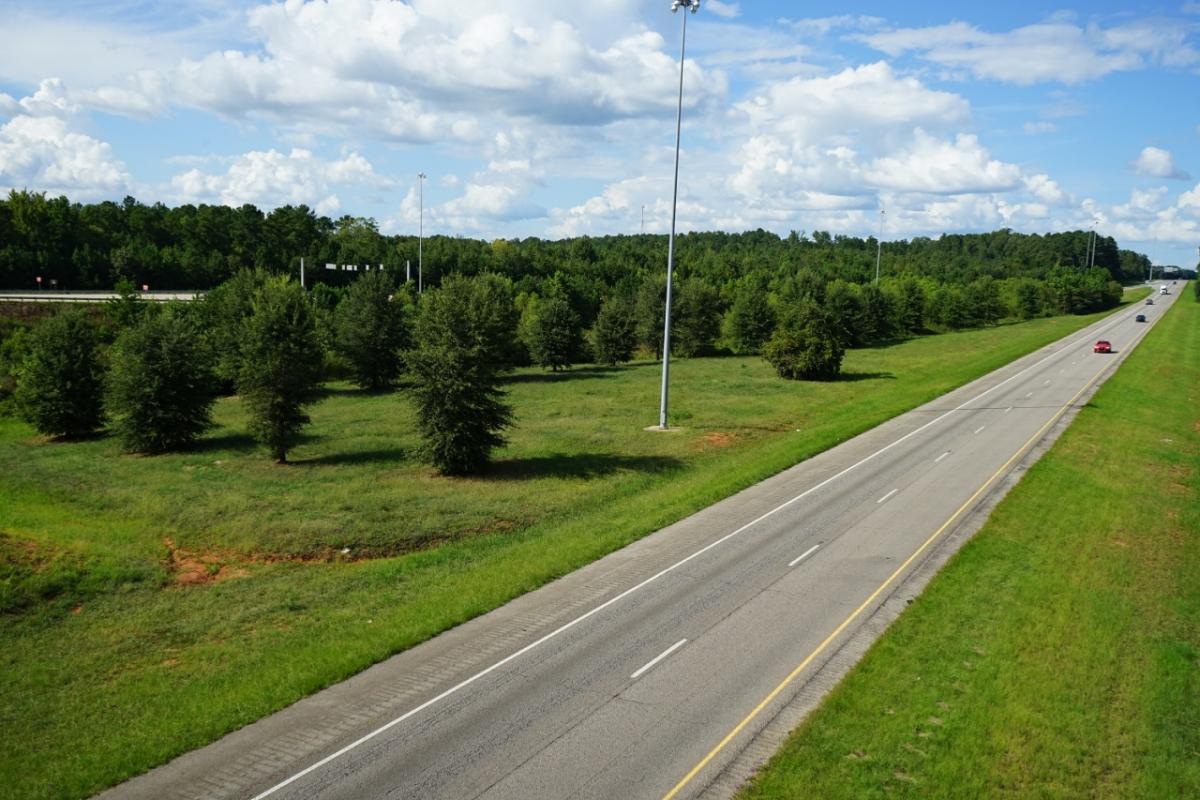How Public-Private-Philanthropic Partnerships are Driving Transportation Technology
By Harriet A. Langford, The Ray and Chris Armstrong, Panasonic, North America

How Public-Private-Philanthropic Partnerships are Driving Transportation Techno…
Over half a century ago, President Dwight D. Eisenhower signed the Federal Aid Highway Act of 1956, which kicked off construction of the nation’s first interstate highway system. Designed to link America’s major cities, the interstate plan proved a huge undertaking that spanned 40,000 miles and several decades. And it was funded almost entirely by the federal government, with state governments covering the remaining 10% of costs.
Today, we rarely see public works projects of this scale, in part because the government is either reluctant or unable to fund such large and ambitious plans with public dollars. This means we need to explore new models for financing and managing these efforts.
Funding the roadways of the future
One such option is the public-private-philanthropic partnership. In this model, funding for a project can be split between a government agency and a nonprofit organization. Together, the two can seek out a partner from the private sector to execute on the project. This blend of public and philanthropic capital combined with private-sector competencies and efficiencies makes for a novel way to address the changing transportation mobility issues that the country is facing.
While government agencies are tasked with ensuring the safety and promoting the welfare of their citizens, they can be risk averse. Philanthropic organizations, on the other hand, have more flexibility to innovate untested or little-known solutions to social or societal issues. When both entities share a common goal, it’s easy to see the potential these partnerships offer.

